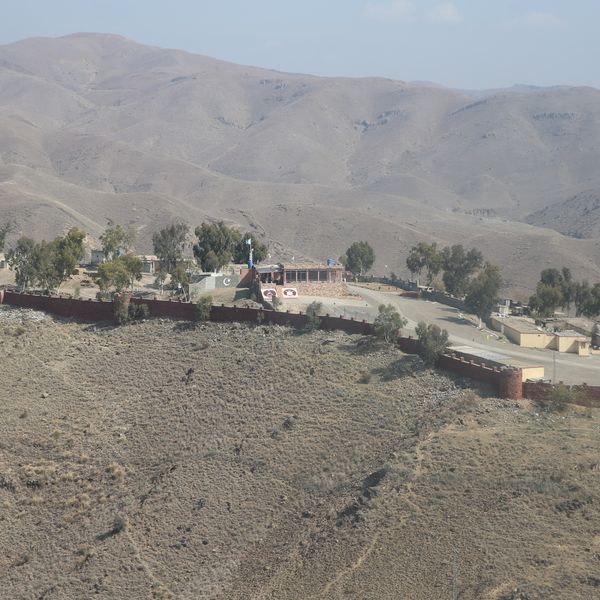Pakistan’s climate reckoning in 2024: 0.71°c hotter, 9th warmest year in 64 years
2024 emerges as a watershed year of record heat, rainfall, and rising risk
Business Desk
The Business Desk tracks economic trends, market movements, and business developments, offering analysis of both local and global financial news.

In 2024, Pakistan stood at the crossroads of climate catastrophe and climate action. The country witnessed searing heat, volatile rainfall, and record-breaking weather events that underscored a climate emergency it did little to cause—but continues to suffer from.
The national rainfall jumped 31% above average, reaching 390.0 mm, while the average annual temperature hit 23.52°C, up 0.71°C from the historical norm—making 2024 the 7th wettest and 9th warmest year in over six decades.
From heatwaves to torrents: weather extremes across Pakistan
The year saw regions swing between weather extremes:
• Sindh scorched at 52.5°C in Mohenjo-Daro, with rainfall up 94%.
• Punjab recorded a rainfall of 337 mm in a single day and 603 mm in August, making it the wettest month in Lahore’s history.
• Balochistan had the year’s driest town (Nokkundi, 45 mm) despite an 82% rainfall surge.
• AJK and GB reported reduced rainfall but extreme cold, with Kalam plunging to -14°C.
These shifting patterns signal not just irregular weather, but a dangerous new climate baseline.
The flood threat deepens
Pakistan’s vulnerability to flooding continues to escalate. Since 1980, the country has endured 109 major floods, affecting over 100 million people and causing $36.4 billion in damages.
The 2022 floods were a stark reminder: 33 million affected, $14.9 billion in damages, and one-third of the country submerged.
Deadlier heatwaves on the rise
Heatwaves have also intensified. In 2024, Sibbi recorded Pakistan’s hottest night at 36°C, while Jacobabad’s May average reached 46.3°C. Across 13 documented heatwaves since 1980, over 2,700 lives have been lost.
Climate finance and action: a glimmer of progress
Pakistan isn’t standing still. In 2024, several landmark efforts took root:
• $1.4 billion secured under the IMF’s resilience and sustainability facility (RSF) to fund water resilience, green mobility, and disaster preparedness.
• Launch of the recharge Pakistan project with $77 million in funding for ecosystem-based flood control.
• Launch of Pakistan’s first green sukuk worth PKR 30 billion to support climate-smart development.
• Over 5,000 federal cost centers now integrated under climate budget tagging, mainstreaming climate into public finance.
At COP29, Pakistan championed developing country concerns and helped secure a $300 billion global climate finance goal by 2035—a key milestone in multilateral negotiations.
A global crisis, but a national burden
While 2024 was the hottest year on Earth, with global temperatures 1.55°C above pre-industrial levels, Pakistan remains among the worst-hit despite contributing less than 1% to global emissions.
Ranked as one of the most climate-vulnerable nations, Pakistan’s future hinges on turning risk into resilience—through glacier protection strategies, climate finance, and adaptation planning.
The road ahead: resilience or ruin?
Pakistan’s climate crisis is no longer a distant threat—it’s here, and escalating. As rainfall grows erratic, glaciers melt, and heat intensifies, the nation finds itself paying the price for the crisis.
Yet amid the damage, there’s resolve. Pakistan’s expanding climate toolkit—paired with sustained international support—could turn this vulnerable frontline state into a model for climate adaptation.
The question is no longer if the climate will change. It’s whether the world will act fast enough—so countries like Pakistan don’t drown in its consequences.










Comments
See what people are discussing